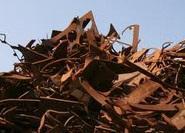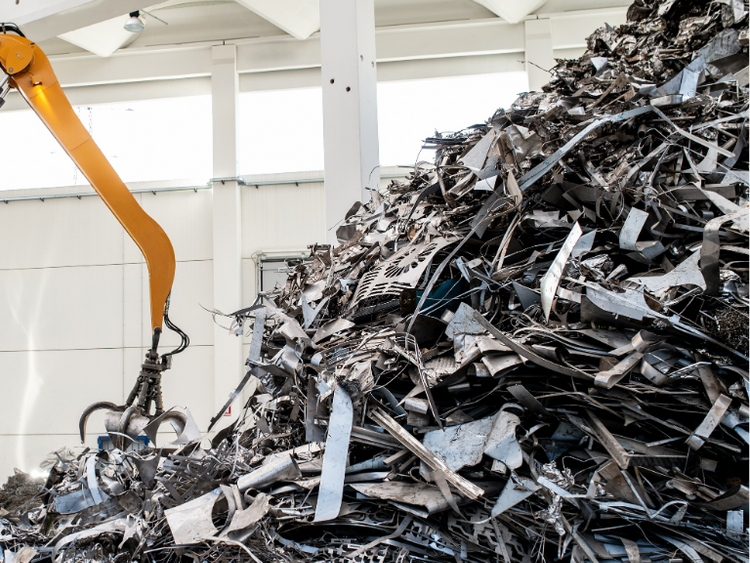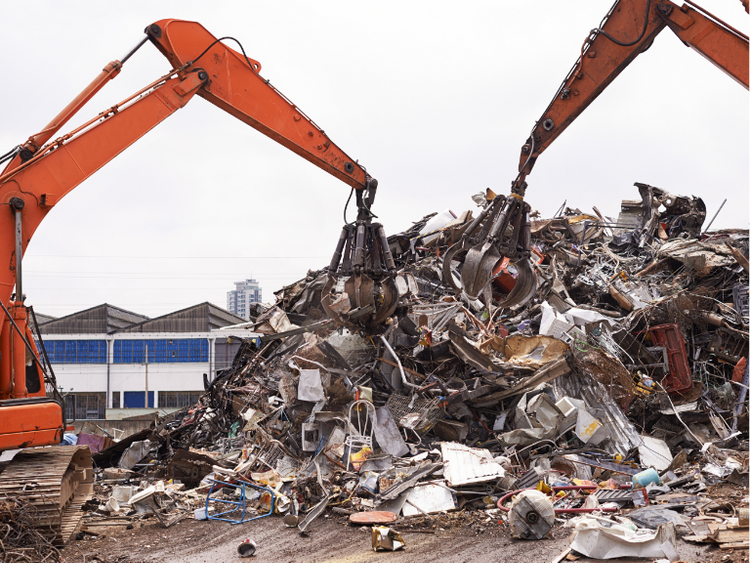Scrap Prices North America

Ferrous Scrap: Republic Steel Closing - End of an Era
Written by Stephen Miller
November 3, 2023
The announcement that Republic Steel in Canton, Ohio, is going to permanently cease operations disappointed many scrap suppliers in Ohio and Pennsylvania. For decades this mill accepted scrap that other mills would reject. Over the past 20 years or so, scrap quality has been the code word preached by users to the scrap community. The trouble is all scrap is not quality scrap. Just think about the many places from which scrap ends up at dealers’ yards. Despite sophisticated preparation methods employed by scrap processors, some scrap cannot be brought up to quality demanded by the majority of mills, especially sheet-makers.
Some scrap has non-ferrous and non-metallic attachments that cannot be easily removed or separated. Other scrap has higher alloy residuals, which mills and foundries prohibit. And some scrap is too thin and too old, mainly #2 heavy melt steel (HMS). All this material needs some place to go. They can’t just toss it away or pile it up.
This is where Republic came to be a valued destination for scrap orders. Republic made several grades of special bar quality (SBQ) and other grades of bar with various chemistries. This allowed them the ability to melt grades that had some alloys or was not a true #1 grade.
They were actually able to buy these grades at discount because of the lack of competition for them. Don’t get the wrong impression. Republic bought many fine grades of scrap. But they realized they could absorb some off-grade while not affecting the quality of their products.
What mills would give orders for #2 Heavy Melt? Republic did! What mill placed orders for alloyed, leaded, or high sulfur flashings at $4 gross ton below the price of busheling (in 1980 pricing)? Republic did! Who bought chargeable clips? Republic did!
What I am saying is this type of scrap needs a regular home and Republic provided this and helped themselves in doing so. For Ohio scrap dealers, they will be missed, especially since the other home for #2 HMS (technically 2-foot Foundry Steel) was the Ford Foundry in Brook Park, Ohio. Ford basically stopped buying ferrous scrap in 1994 and permanently ceased operations in 2010.
So, what now? I may have overdramatized the situation a bit. The fact is most of the thinner and older #2 scrap is now shredded. The proliferation of auto shredders has absorbed much of these grades. But not all this material can be suitably shredded. Other alloyed material will always be looking for a home as electric-arc furnace (EAF) sheet mills are dominating the marketplace. They are alloy averse.
So goodbye Republic. It was a good run for both sides. It was a pleasurable convenience to ship into Canton as opposed to shipping via railcar to the export docks on the Northeast coast. But thank heavens for HMS #1/#2 80/20! At least somebody, somewhere, can use it.

Stephen Miller
Read more from Stephen MillerLatest in Scrap Prices North America

HRC vs. busheling spread widens again in July
The price spread between prime scrap and hot-rolled coil widened marginally again in July.

US ferrous scrap market lands flat in July
The US ferrous scrap market settled sideways in July.

HRC vs. prime scrap spread widens in June
The price spread between HRC and prime scrap widened in June.

Ferrous scrap pricing sideways in June
Ferrous scrap prices in the US have remained stable from May to June.

HRC vs. scrap spread widens over $150/ton in March
The HRC vs. prime scrap spread increased again in March.
